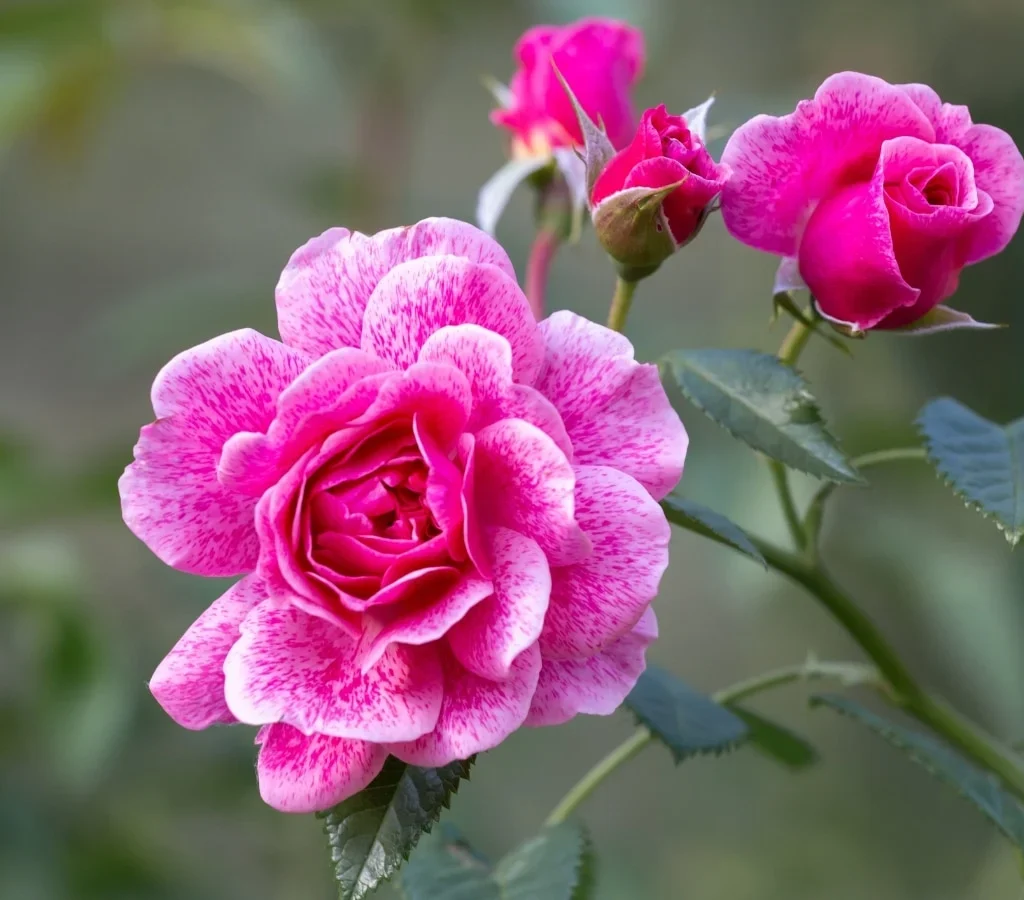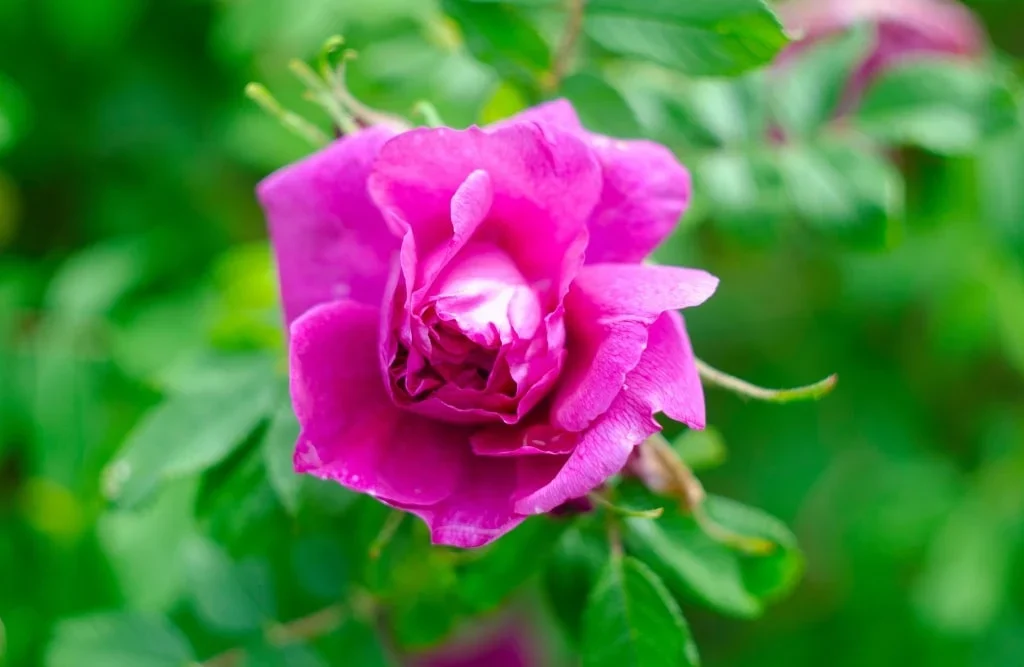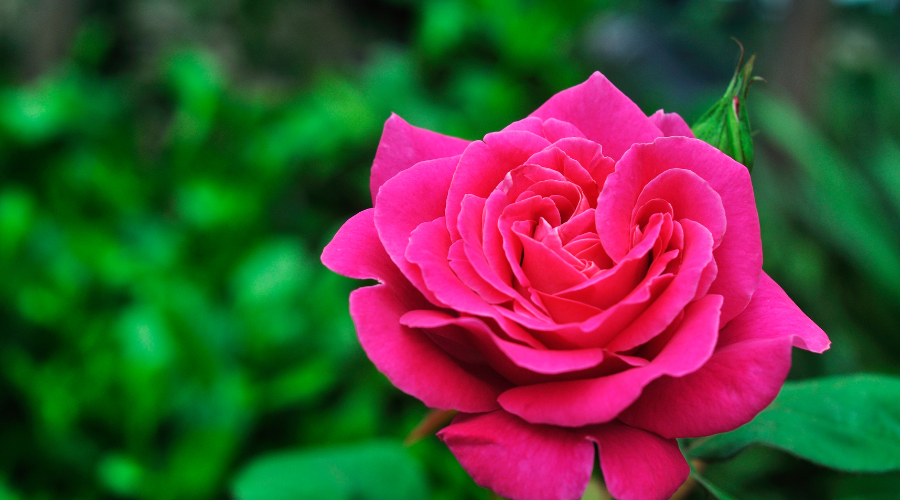Few flowers are as universally adored as the rose. With their timeless beauty, intoxicating fragrance, and vast array of colors, roses have captured hearts and adorned gardens for centuries. But while they’re undeniably elegant, many gardeners believe roses are high-maintenance or difficult to grow.
The truth is — with the right care, anyone can cultivate healthy, lush, and colorful roses. Whether you’re a seasoned gardener or a budding green thumb, this comprehensive guide shares 10 essential tips to grow vibrant roses in your garden.
Let’s dive in and turn your rose-growing dreams into a blooming reality!

1. Choose the Right Rose Variety for Your Climate
Not all roses are created equal — and selecting the right variety for your region’s climate is the first step toward success.
Types of roses:
- Hybrid Teas: Classic, elegant blooms, perfect for cut flowers.
- Floribundas: Clusters of flowers with continuous blooming.
- Grandifloras: A hybrid between Hybrid Teas and Floribundas.
- Climbing Roses: Long, arching canes ideal for fences, walls, and arbors.
- Shrub Roses: Hardy, bushy plants with excellent disease resistance.
Tip: Check your local plant nursery or gardening center for varieties recommended for your USDA hardiness zone. Disease-resistant, low-maintenance varieties are great for beginners.

2. Pick the Perfect Spot with Plenty of Sunlight
Roses love the sun — they thrive in spots that receive at least 6–8 hours of direct sunlight per day. Morning sun is especially important as it dries dew off leaves, preventing fungal diseases like black spot and powdery mildew.
Avoid planting:
- In heavily shaded areas
- Near large trees or dense shrubs that compete for nutrients and sunlight
- In spots with poor air circulation
Pro tip: If your garden has limited sunlight, look for shade-tolerant rose varieties like ‘Ballerina’ or ‘Zephirine Drouhin.’

3. Prepare Nutrient-Rich, Well-Drained Soil
Roses need fertile, well-draining soil to flourish. Poor soil leads to weak growth and lackluster blooms.
Ideal soil conditions:
- Loamy texture with good aeration
- Slightly acidic pH of 6.0–6.5
- Rich in organic matter like compost or well-rotted manure
How to improve your soil:
- Mix in compost, aged manure, and peat moss before planting.
- Add organic mulch around the base to retain moisture and regulate temperature.
Bonus tip: Avoid clay-heavy or overly sandy soil. Amend it with organic material to improve drainage and nutrient retention.

4. Water Deeply and Consistently
Proper watering is vital for healthy, vibrant roses. They prefer deep, infrequent watering over shallow, frequent splashes.
Watering guidelines:
- Water early in the morning to avoid leaf diseases.
- Provide about 1–2 inches of water per week, more during hot or windy weather.
- Water at the base, avoiding overhead spraying to keep foliage dry.
Pro tip: Install soaker hoses or drip irrigation to deliver water directly to the root zone.

5. Feed Regularly with Balanced Fertilizer
Roses are heavy feeders and benefit from a regular supply of nutrients throughout the growing season.
Fertilizer tips:
- Use a balanced rose fertilizer (10-10-10 or 12-6-10).
- Apply in early spring when new growth appears.
- Repeat every 4–6 weeks through summer.
- Stop feeding 6–8 weeks before the first expected frost to prepare the plant for dormancy.
Natural alternatives: Compost tea, fish emulsion, or aged manure can also provide excellent nutrition.

6. Prune Roses the Right Way
Pruning is essential for maintaining a tidy shape, encouraging blooming, and removing dead or diseased wood.
Basic pruning tips:
- Prune in early spring when buds begin to swell.
- Use sharp, clean pruners to make angled cuts above outward-facing buds.
- Remove dead, weak, or crossing stems.
- Cut back to healthy, white-centered wood.
Pro tip: Deadhead (remove spent flowers) regularly to encourage continuous blooming and prevent seed formation.
7. Mulch to Retain Moisture and Suppress Weeds
Mulching offers multiple benefits for your roses — it conserves soil moisture, suppresses weeds, regulates soil temperature, and adds organic matter as it breaks down.
Mulching tips:
- Apply a 2–3 inch layer of organic mulch like shredded bark, straw, or compost.
- Keep mulch about 2 inches away from the base of the plant to prevent rot.
- Replenish mulch throughout the growing season as needed.
8. Watch Out for Pests and Diseases
Roses are prone to several pests and fungal issues, but early detection and treatment can save your plants.
Common rose pests:
- Aphids
- Spider mites
- Japanese beetles
- Thrips
Diseases to watch for:
- Black spot
- Powdery mildew
- Rust
Prevention tips:
- Ensure good air circulation around plants.
- Water early in the morning and at the base.
- Remove and dispose of affected leaves.
Natural controls:
- Neem oil, insecticidal soap, or horticultural oils can manage most pests and fungi.
- Encourage beneficial insects like ladybugs and lacewings.
9. Support Climbing and Tall Roses
Climbing and large shrub roses need support to showcase their beauty and stay upright.
Support options:
- Trellises
- Arbors
- Fences
- Sturdy stakes
Training climbing roses:
- Secure canes horizontally along supports for more lateral growth and flowering.
- Use soft ties to avoid damaging the stems.
Pro tip: Regularly tie new growth to the support and remove old, non-productive canes to maintain shape.
10. Protect Roses During Winter
Winter care is essential, especially in colder climates where freezing temperatures can damage rose canes and roots.
Winter protection steps:
- Stop fertilizing in late summer to allow plants to harden off.
- After the first frost, mound soil or compost around the base of the plant.
- Add a thick mulch layer (6–12 inches) over the crown.
- Wrap tender or climbing roses with burlap if necessary.
In spring: Gradually remove winter protection once the threat of frost passes.
Final Thoughts
Growing vibrant roses isn’t as intimidating as it may seem — with thoughtful care, attention to their unique needs, and a little patience, you’ll be rewarded with stunning, fragrant blooms season after season.
By following these 10 expert tips, you’ll create an environment where your roses can truly thrive: healthy soil, ample sunlight, consistent watering, regular feeding, and proactive pest and disease management.
Whether you’re dreaming of a classic rose border, a romantic trellis, or a cozy garden nook filled with cascading blooms, these tips will help you achieve a breathtaking rose display that becomes the pride of your garden.





